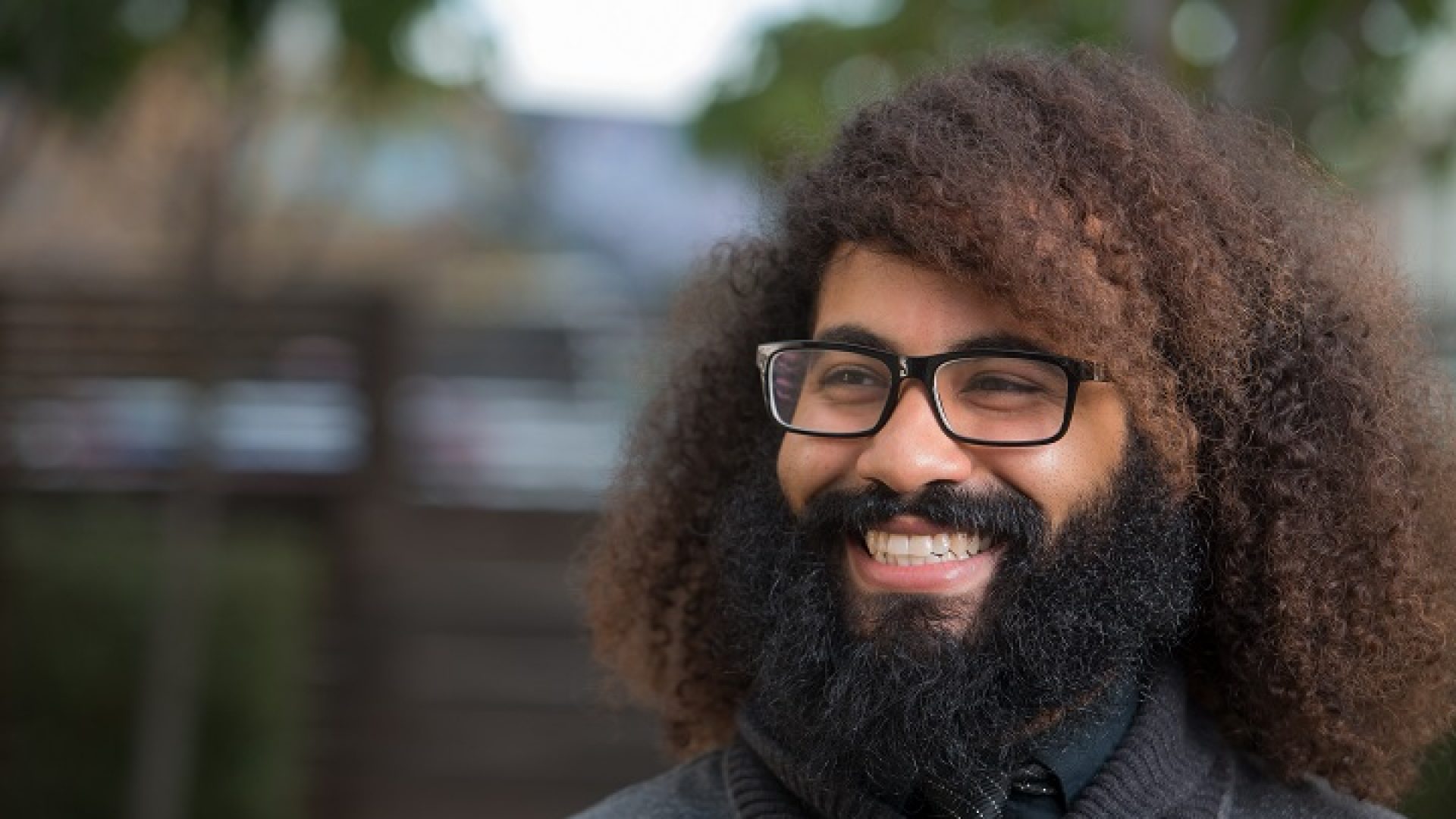This week, I told the story of how I found out I was black. It might sound obvious to a lot of people, but latin people have a special relationship with melanin. This relationship typically ranges from learned anti-blackness (soy indio) to complete denial (Sammy Sosa now).
I grew up knowing I was Dominican. We ate plantano, danced merengue, y hablamos espanol. Under race, I would circle Hispanic growing up. That’s what I identified with. That’s what my whole family identified with. Me, my black cousins, my white uncles, and all the caramel in between were all the same thing despite our complexions. That’s not to say we did not see color. Every Dominican has a cousin they only know by a one-word physical description: gordo, negra, flaco, blanca. This is who Dominicans are yelling for across their homes. We all knew we were different and that we were a day in the sun away from a new nickname. There’s Dominicans out there you can’t recognize when they stop playing baseball and the tan fades. We were very aware people could be different colors but not taught that this was anything significant.
When I saw other people identify with racial identities, none of those cultures seemed similar enough to mine to resonate. They were other. It took me some time to realize that other groups were more homogeneous than mine, but that was fine too. I remember being called “mixed” in the 6th grade. Specifically, someone asked me “what are you mixed with?” I didn’t know how to answer. As far as I knew, I was mixed with Dominican and Dominican. My parents were born in the two biggest cities in the country to families with different origins. That’s as complex as my understanding of race was in middle school.
Continuing on into high school, in Miami it was finally recognized that Hispanic does not describe a racial identity. They sent home forms and I had to bubble in a race from a short list and a answer a supplemental question that asked if I was Hispanic or not. I selected Native American from the list, as that was the closest to indio from the list and that is what all the black Dominicans in my family identified as. It stayed that way for years.
Fast forward to me being a freshman in college and I get my hands on a PBS documentary Haiti & the Dominican Republic: An Island Divided. Here, it broke down not only the anti-Haitian sentiment that a lot of Dominicans still posses, but also how the indigenous population was decimated by colonizers hundreds of years ago.
There goes that identity.
Thus I came to the conclusion that my melanin did not arrive in my genome via the peaceful Tainos. It came from Africa.
